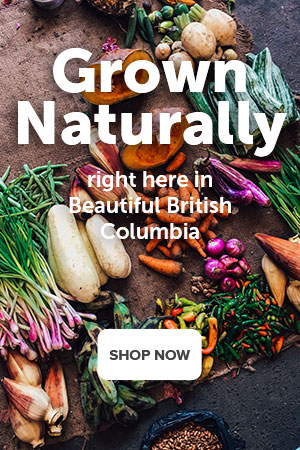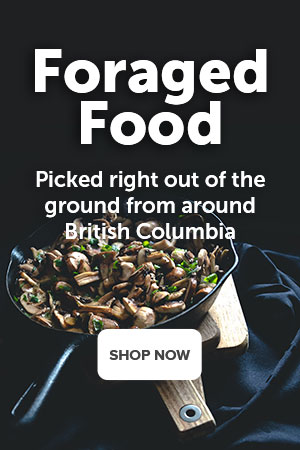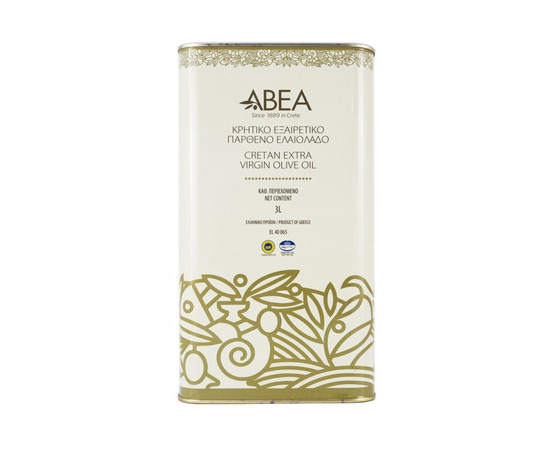Abea Extra Virgin Olive Oil - Crete - 3 litre - $53
Please sign in so that we can notify you about a reply
Extra Virgin Olive Oil - Crete - 3 litre
This product is made by a cooperative of 30 families who use no pesticides or spray and practice organic farming. Although the product is not fully certified organic by the IOOC the methods of farming, collection and pressing are all consistent with a product that is the finest it can be without being fully certified.
This is an amazing olive oil that is suitable for heating. Use it as a replacement for butter or any other oil. The island of Crete, prior to the advent of western wheats grains and other foodstuffs, had an average lifespan of over 100 years, was essentially cancer free and free from heart disease. Olive oil is considered to be the purest and healthiest of all oils, and is not water extracted but naturally pressed through gravity. Has a wonderful natural taste.
OLIVE OIL, A LIFE INSURANCE
The olive tree can withstand and thrive in the harshest, bleakest conditions, long hot summers with little water, poor rocky soil conditions and freezing temperatures. This is Greece and this is the habitat of the olive tree. The olive tree is an evergreen with small elongated silvery-green leaves. It can self rejuvenate itself even after being burned or cut to the ground. It produces its first crop at 7 years of age. From 7 to 30 years, it grows with a constant increase in productivity; from 35 to 150 years, it reaches maturity and production. At 150 years it starts aging with remarkable productivity for many centuries to come. Its production is cyclical with higher yield in one year and less in
the following. This cycle is repeated through out the life of the tree.
There are over one hundred varieties created over thousands of years of cultivation and pollination to match local conditions such as temperatures, rainfall, soil variations, pest and wind resistance and maturing time. No other people have accumulated over such a vast period of time, similar amounts of experiences and knowledge in regards to the olive tree, and that's where excellent quality olive oil starts. Olive tree cultivation and harvest is hard work, but not for long periods of time. The bulk of the work, which is primarily done by hand, concentrates on pruning twice a year and harvesting. During harvesting, whole families get involved, three and four generations at the same time picking and gathering olives preparing for the pressing which takes place immediately after.
Harvesting time is from November to March depending on the area and variety. Olives harvested for oil are half to three quarter violet or black in color. If harvested too green, the yield is smaller with a golden yellow color when too mature, the quality is lower with a deeper yellow green color.
Over 3000 presses are at work 24 hours a day as the olives are brought in from the harvest. Picked olives are not stock pilled as crushing, bruising and heat accelerates the fermentation process, which lowers the quality of the oil quickly.
Health Benefits of Olive Oil
In Greece olive oil has been considered numinous for millenniums. Numinous has to do with the supernatural with being holy, with having qualities impossible to describe or understand, but of which you experience the effects. Nowadays olive oil is becoming a little less numinous and much more scientific, as scientists are probing into its biological mysteries and magic. Its amazing properties are no longer sensed but proven through research. In 400 BC Hippocrates, the father of medicine first mentioned the health and therapeutic effects of olive oil and prescribed it for many ailments. For centuries, the people of the Mediterranean have recognized the nutritional, cosmetic and medicinal benefits of olive oil. It was used to maintain skin and muscle suppleness, heal abrasions, soothe the burning and drying effects of sun and water. Olive oil was administered both internally and externally, for health and beauty.
There are three kinds of dietary fats: Saturated (animal) Polyunsaturated (plants, seeds, nuts, vegetables) Monounsaturated (Olive oil) Olive oil is 80% monounsaturated, 13 % saturated, 7 % polyunsaturated fats, on average. Olive oil is rich in vitamins A, B1, B2, C, D, and iron and full of antioxidants such as vitamin E, K, and polyphenols. A Monounsaturated fat olive oil is the type of fat that has a beneficial effect on controlling cholesterol levels by reducing LDL and increasing HDL and keeping arterial walls clean and elastic.




No reviews found










